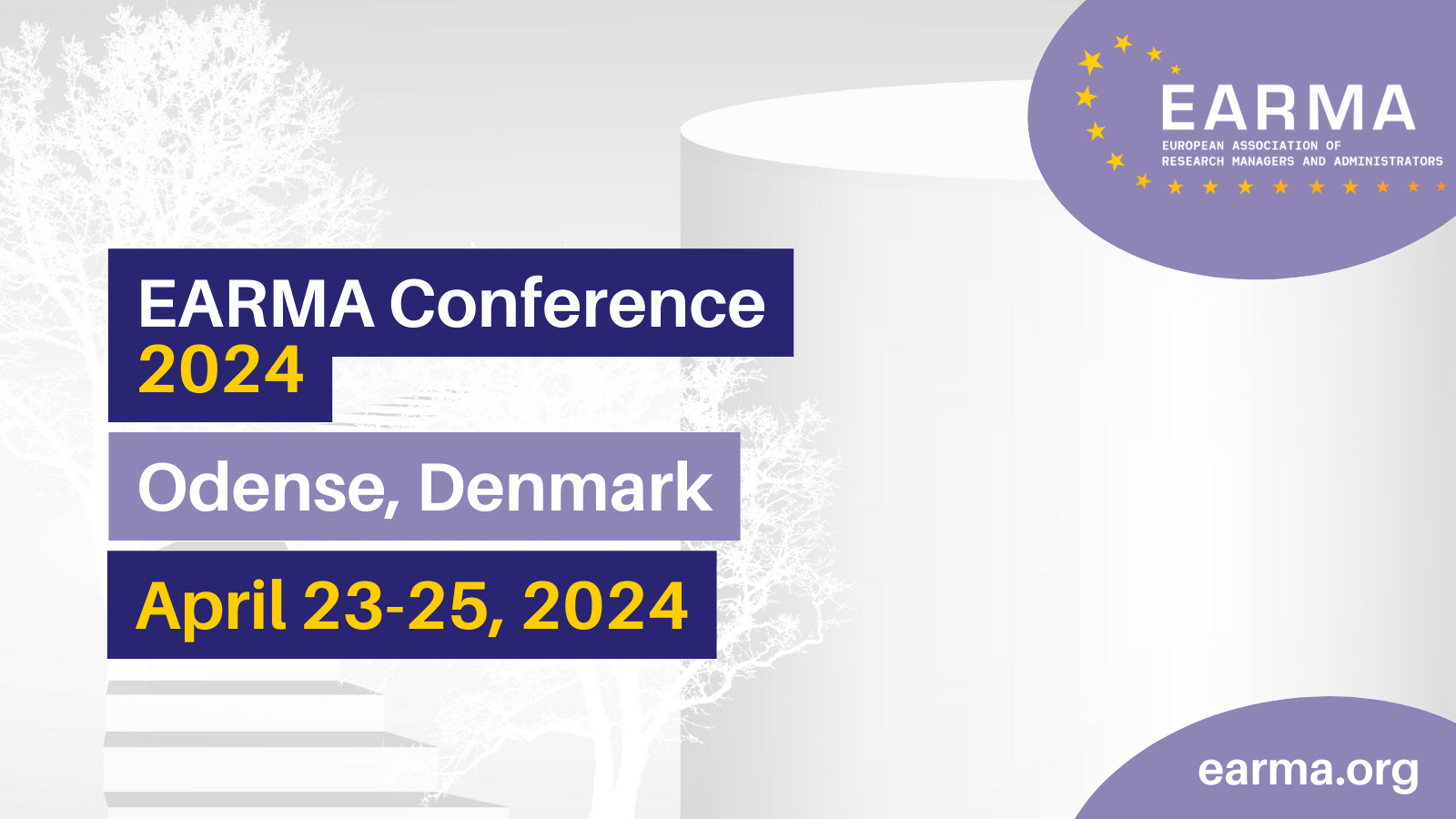RMAs' Role in Closing the EU Innovation Divide
The Crucial Role of RMAs in Closing the Innovation Divide in Europe: Bridging Science and Practice within the New Generation of Living Labs
Abstract
The present paper justifies why RMAs (Research Management Administrators) can and need to play a role among research staff, universities, research centres (RTOs) and their local, regional and European/international innovation ecosystems.
We will start with the need for more robust transfer and social impact to overcome the European innovation paradox. The need for better knowledge transfer to society, policy-making and the economy is closely related to the "European innovation paradox". This paradox refers to the fact that, despite having some of the best universities and research centres in the world, Europe has historically faced challenges in effectively translating research into innovation and economic growth. Justifications include global competitiveness, improved quality of life and job creation; fostering collaboration between academics, industry and policy makers; and bridging the innovation gap, allowing less developed areas to benefit from the experience and knowledge of more advanced areas. This requires a coordinated approach between academia, industry and governments to ensure that knowledge is turned into action and tangible results.
The European Commission is increasingly introducing living labs in Horizon Europe Call for Proposals. This is mainly so for 3 reasons:
- to connect the different actors of the quadruple helix. Multidisciplinary collaboration enables academic research to be translated into practical solutions for society and the economy. Citizen participation ensures that policies reflect the real needs of the population. Businesses gain innovation and competitive advantage by collaborating with academia and the public sector. Policies informed by scientific evidence and citizen feedback are more effective. This connection promotes sustainable economic growth, improved quality of life and more efficient and democratic governance.
- to emphasise the need to include the fourth helix (citizens and agents of social organisations in the value chain of knowledge production and innovation uptake). The inclusion of citizens and actors from social organisations in the value chain of knowledge production and uptake of innovations through citizen science and active participation is crucial. This strengthens the legitimacy and relevance of research by incorporating diverse perspectives, interests, types of knowledge, promoting wider public participation which ensures more appropriate implementation and acceptance by society at large.
- to respond in a timely and proactive manner to the complex challenges we face, in a more holistic way and by addressing the 3 transitions: 1) human-centric, 2) planet-friendly and 3) trustworthy technology that responds to the above.
Now is the opportunity for the EU to become the first "co-laboratory" (under the new generation of living labs that we are designing and unfolding) to face the triple interdependent transitions (social, green and digital). This can help us shape the new global order, seeking the recognition of this new axis with the collaboration of citizens and stakeholders through research, bridging science and practice to achieve global dynamics where science and innovation needs to play a pivotal role. A systemic approach focused on societal development is essential, thus facilitating the interaction of people, digital, energy and environmental concerns, thus creating a more sustainable environment based on co-evolution, which in the end would be behind the "one for all, all for one" triple transition spirit.

